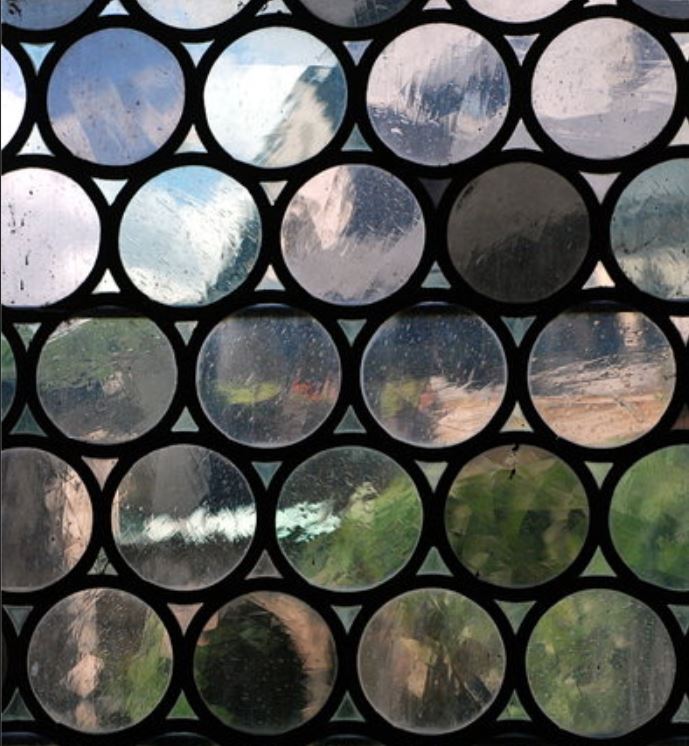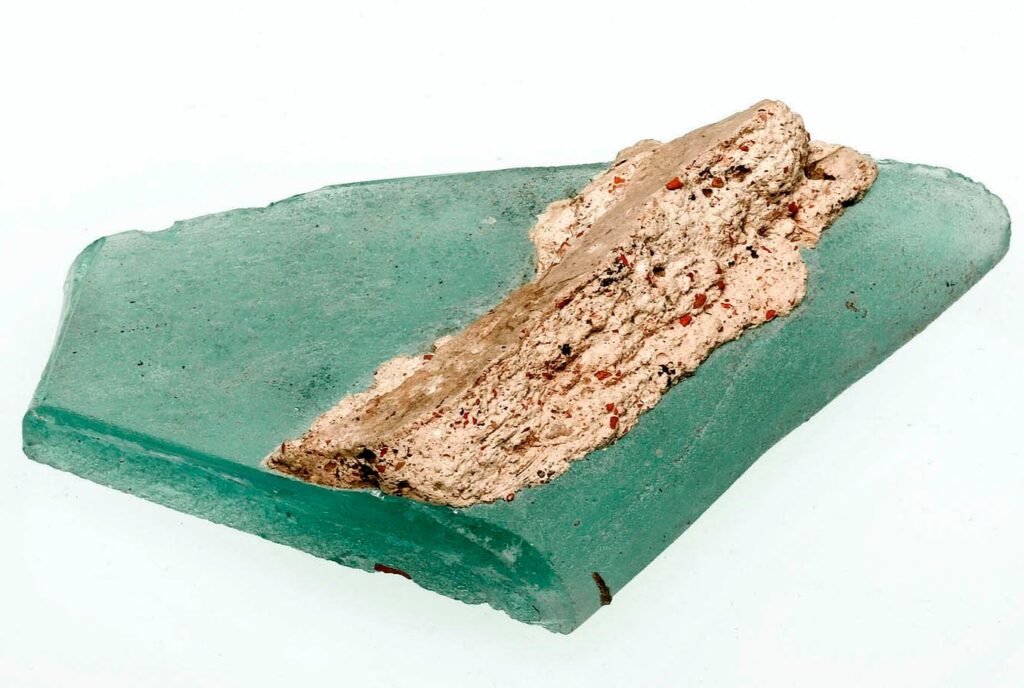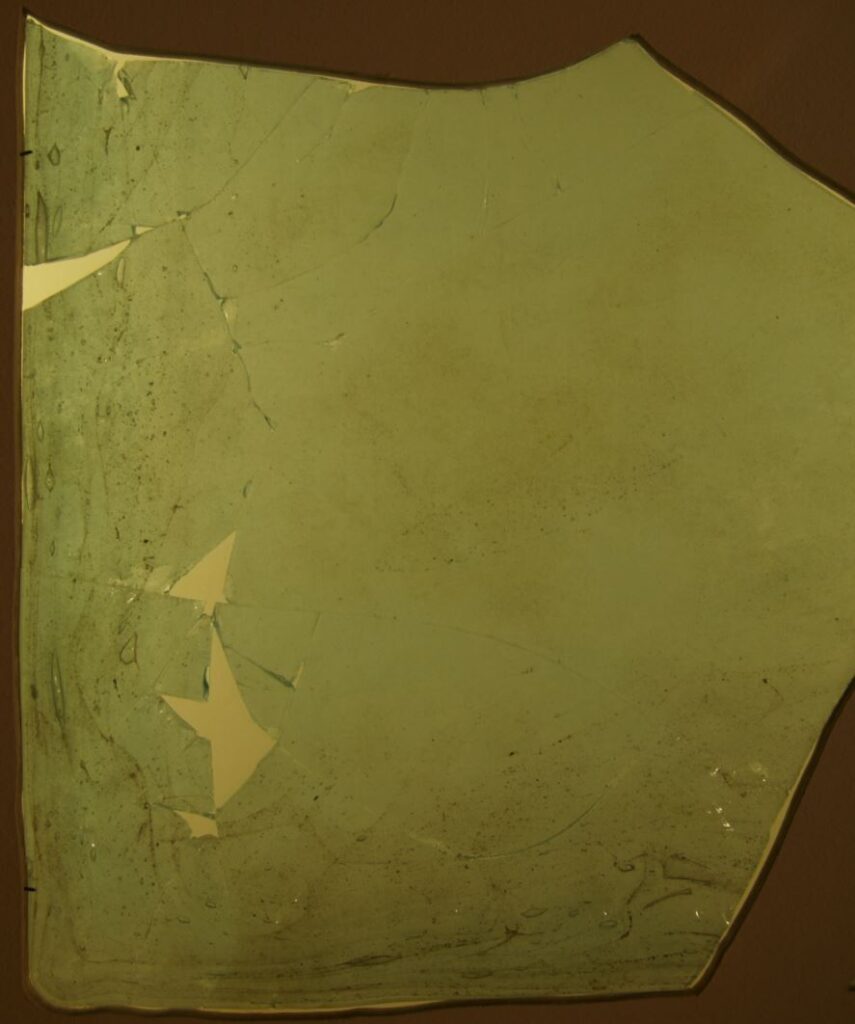
We take windows for granted. Windows protect us from the cold, keep the warm or cool air inside our homes, and buffer noise. But glass windows have not been the norm throughout history. How long have we used glass for windows? When and where do glass windows come from?
Windows in The Ancient Era

About 3,500 years ago, window openings were simply covered with animal hides, cloth, or wood. The invention of shutters was a breakthrough technology in closing openings–especially for the night.
The first glass window didn’t show up until around 400 B.C. in the Roman Empire. That’s a 2,400 years ago! The Romans did introduce glass windows to the world, but for Roman civilians living in warmer climates, windows were not as much of a necessity as they were in colder areas. The balmy Mediterranean temperatures meant that glass windows existed mainly as expensive novelties.
In 50 B.C., the invention of glassblowing increased the quality of glass windows drastically, but the windows were still thick and contained striation lines created by the blowing technique used to expand the glass. These windows did allow some light in, but such thick windows did not allow the building’s occupants to enjoy the view. For that reason, shutters were still preferred.

Windows in The Middle Age
It took almost another 600 years until a new method of window manufacture sprang up in Germany along the Rhein river. For those living in the colder northern regions, glass windows provided needed protection from winter weather. Glass was a difficult skill to master, and skilled glassblowers were called “gaffers,” a combination of “grandfather” and “masters.” Perfecting the art took years of dedicated study and practice. During this time, many different techniques of glass manufacture were invented, but the most advanced was called the “crown method,” and it was developed in Normandy. In this process, glass was blown into a sphere and then carefully flattened into a plate or disc, which was then cut to size.
Glass Windows for Everyone
In the early middle ages, most of the glass was colored and used in piecing together stunning stained glass Gothic cathedral windows. It was only in 1687 when Bernard Perrot, a famous French gaffer, invented a method of casting molten glass on a large iron table that glass windows became more practical for the use in homes. Perrot’s method reduced most of the distortions that previous methods left behind. This important innovation meant that glass windows were still strong but were now also useful for letting in light as well as views. This type of glass also improved the manufacture of mirrors. Further advances and innovations in glass manufacture made glass windows a possibility for people with larger incomes, and glass windows became more and more common in home building; for centuries, however, breaking a glass window was an expensive tragedy for those in the middle classes, who then had to spend sometimes considerable money on a replacement.
Because of the early work of the Romans and later innovations by glass masters in many different countries, glass windows are now the norm for many homes and buildings throughout the world.
Learn more about glass Windows:
History of Window Glass – Hull (hullmillwork.com)
Window – Wikipedia
Stained glass – Wikipedia
The History of Glass – Glass Facts